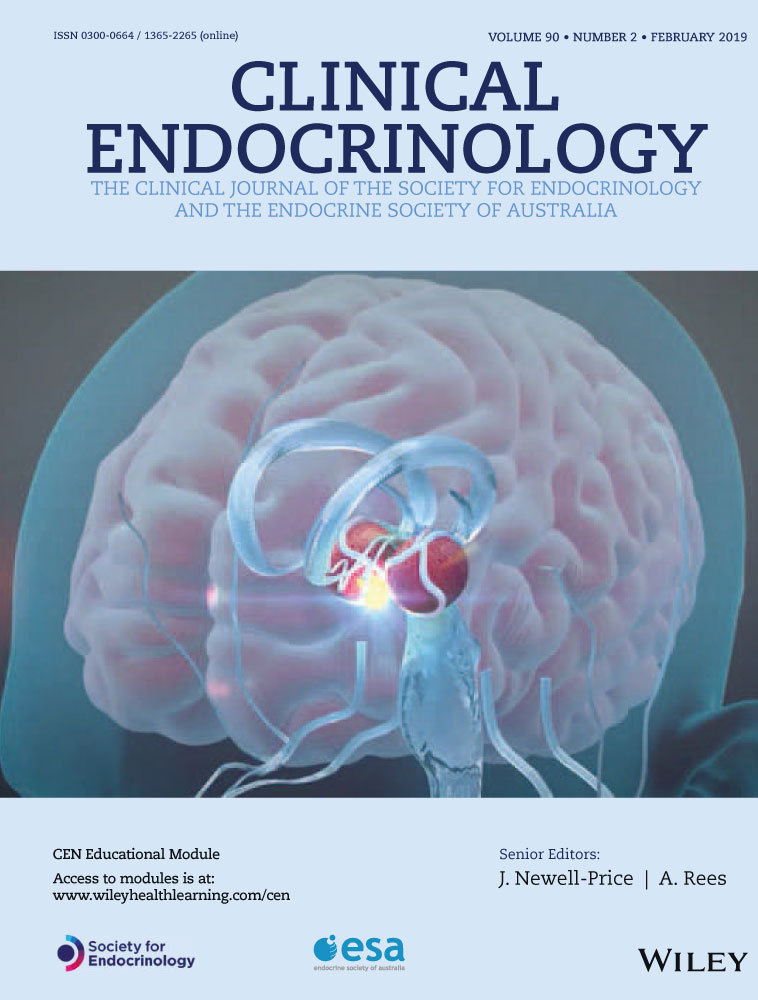No evidence of adverse fertility and pregnancy outcomes in patients with unrecognized and untreated multiple endocrine neoplasia type 1
Summary
Objective
Literature concerning the impact of multiple endocrine neoplasia type 1 (MEN 1) on fertility is limited to case reports despite the early onset of endocrinopathies, such as primary hyperparathyroidism and prolactinoma, that may impact fertility. This study describes the impact of unrecognized and untreated MEN 1 on fertility and pregnancy outcomes in a multigenerational cohort of the Tasman 1 MEN 1 kindred.
Methods
All MEN 1 positive (MEN 1+, n = 63) and MEN 1 negative (MEN 1−, n = 75) descendants born between 1825 and 1951 of a common founder. Review of birth, death, marriage and medical records provided data on date of birth and death, gender, MEN 1 status and the number of pregnancies and children per parent.
Results
Compared to MEN 1− parents, MEN 1+ parents had more children (RR 1.30, 1.02-1.66) and live births (RR 1.31, 1.02-1.67) with no excess of stillbirths (RR 1.24, 0.24-6.36). Compared to the era-matched Tasmanian fertility rate, MEN 1+ parents had more children (4.87 ± 4.11 vs 3.40 ± 0.61, P = 0.048), whereas MEN 1− parents had similar numbers of children (3.67 ± 3.27 vs 3.36 ± 0.62, P = 0.55). MEN 1+ parents had a similar number of MEN 1+ and MEN 1− offspring (2.1 ± 1.9 vs 2.5 ± 2.3, P = 0.31). Indirectly assessed miscarriage rate was similar between MEN 1+ and MEN 1− mothers (P = 0.77). Clinically overt pituitary disease reduced MEN 1+ kindred member likelihood of parenthood (33% vs 97%).
Conclusions
There was no adverse impact of MEN 1 on patient fertility overall; however, MEN 1-related pathology may have impaired the reproductive potential of a subset of individuals with pituitary disease.
CONFLICT OF INTEREST
I certify that neither I nor my co-authors have a conflict of interest as described above that is relevant to the subject matter or materials included in this work.




